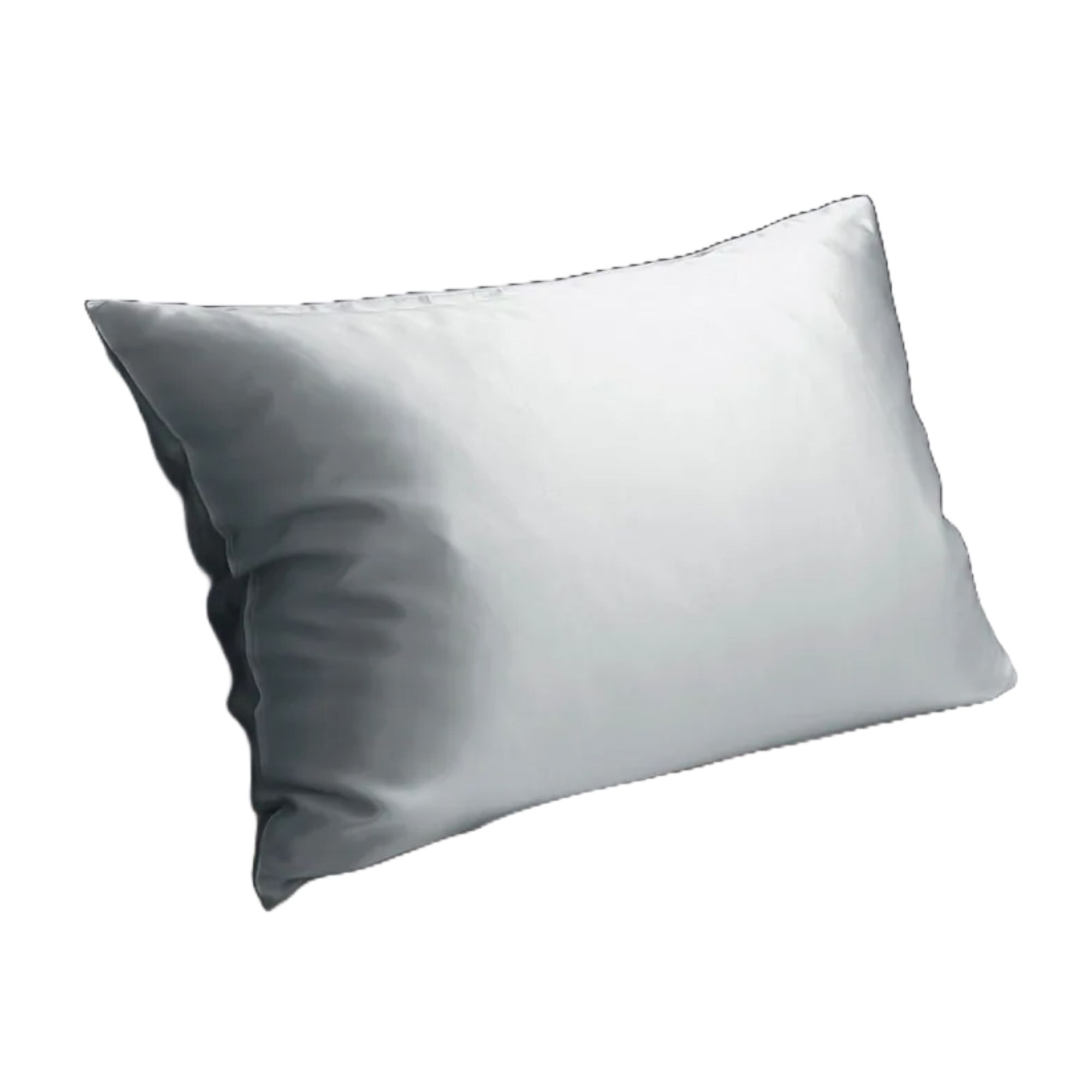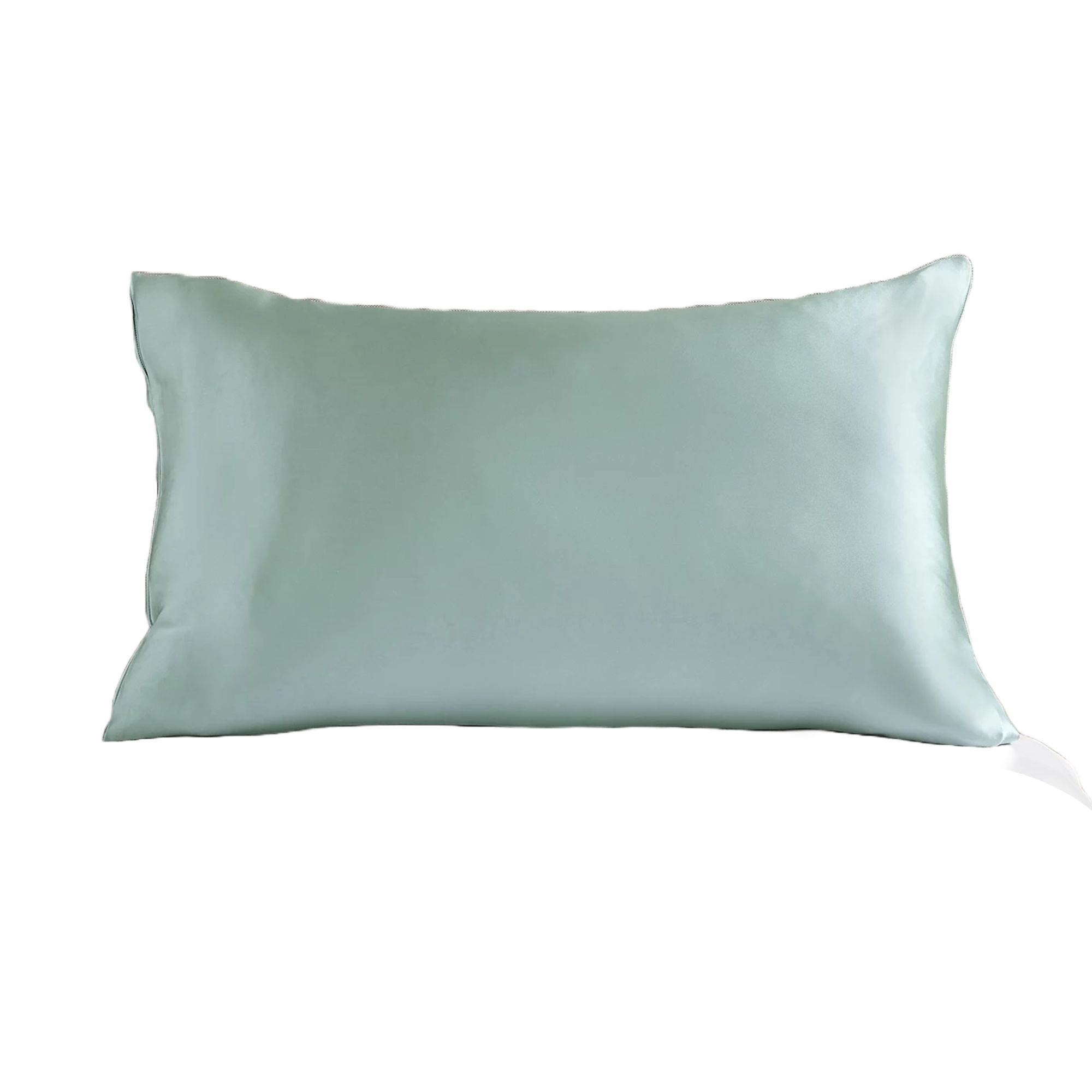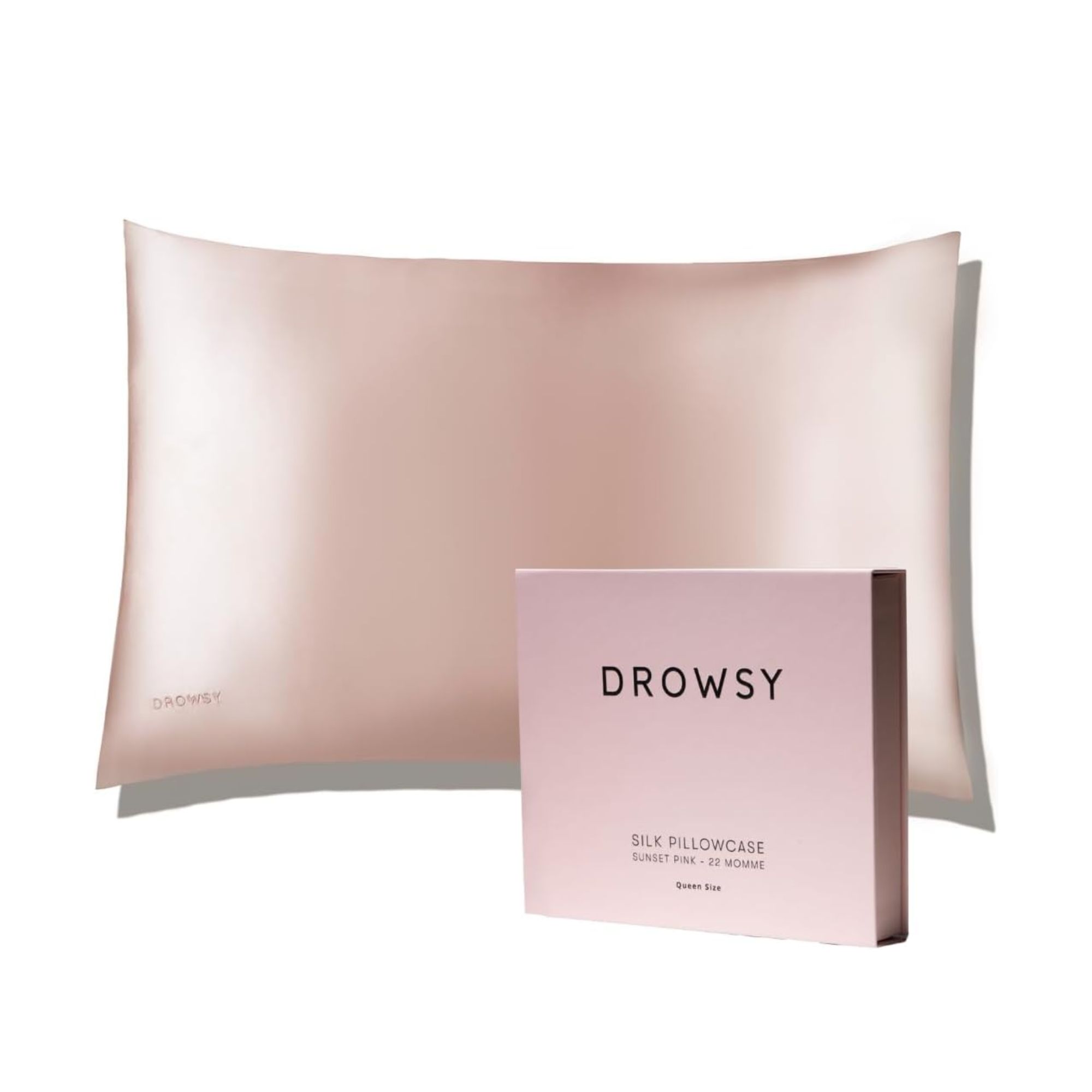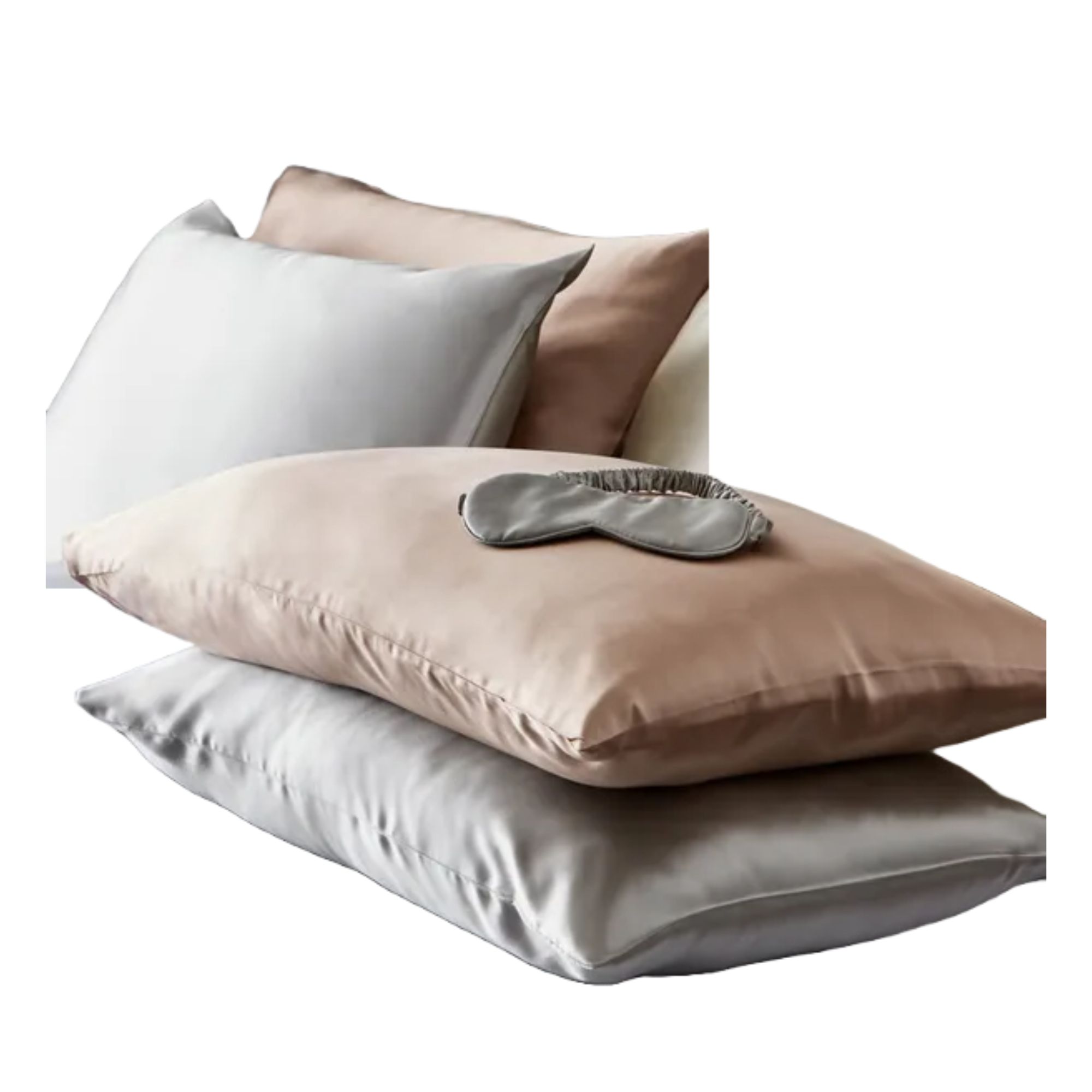Can silk pillowcases help hay fever? We’ve asked the experts, and they have good news
It’s time to make the switch if you’re feeling the itch


Silk pillowcases claim many benefits from cooling properties to easing wrinkles. However, we've just discovered a new benefit and it is helping hayfever.
If you have one of the best air purifiers at your disposal, this handy appliance can help to alleviate the symptoms of your seasonal allergies throughout the day. But if you’re a light sleeper, having an air purifier in your bedroom might not be the best option for you. So, what’s the alternative? Well, silk pillowcases could be the answer…
Can silk pillowcases help hay fever?
The short answer? Yes, silk pillowcases can help alleviate hay fever symptoms and help you sleep better during the height of spring and summer. But the long answer is a little more complicated.
After all, hay fever isn’t a one-size-fits-all allergy, and there are around 30 different types of pollen floating around the UK - many of which affect you at different times of the year.
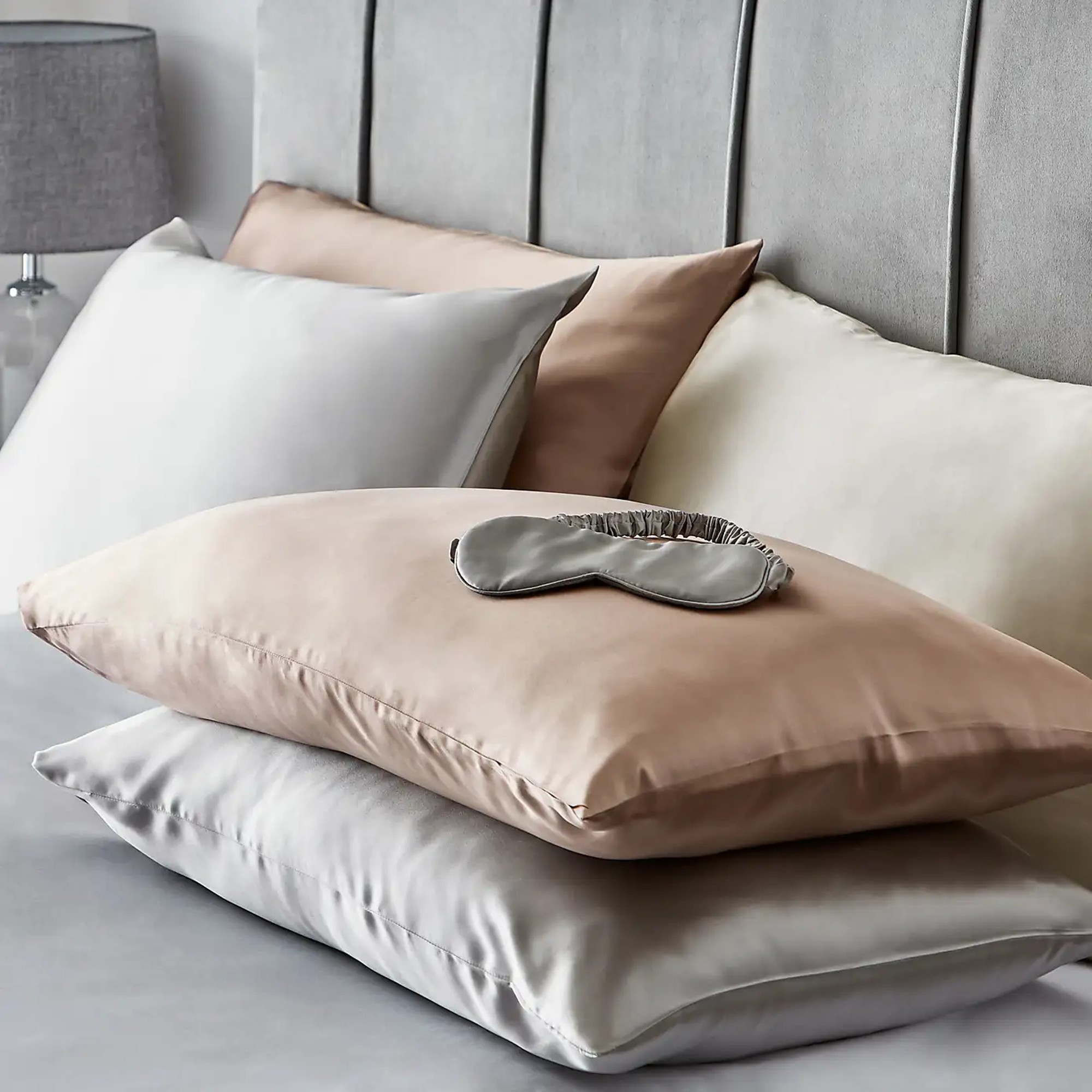
GP and allergy specialist Dr Helen Evans-Howells explains, ‘Hayfever is an abnormal response from our immune system triggering a reaction to something which should be harmless, such as tree or grass pollen.’
‘In the UK, our seasons are quite well defined, and tree pollen classically starts in February and runs until May/June, grass pollen runs May to July, and then weeds mainly run later into August.’
But while we already know that air purifiers can help hay fever, your bedding choices can also improve congestion and relieve skin irritation caused by your allergy.
Sign up to our newsletter for style inspiration, real homes, project and garden advice and shopping know-how
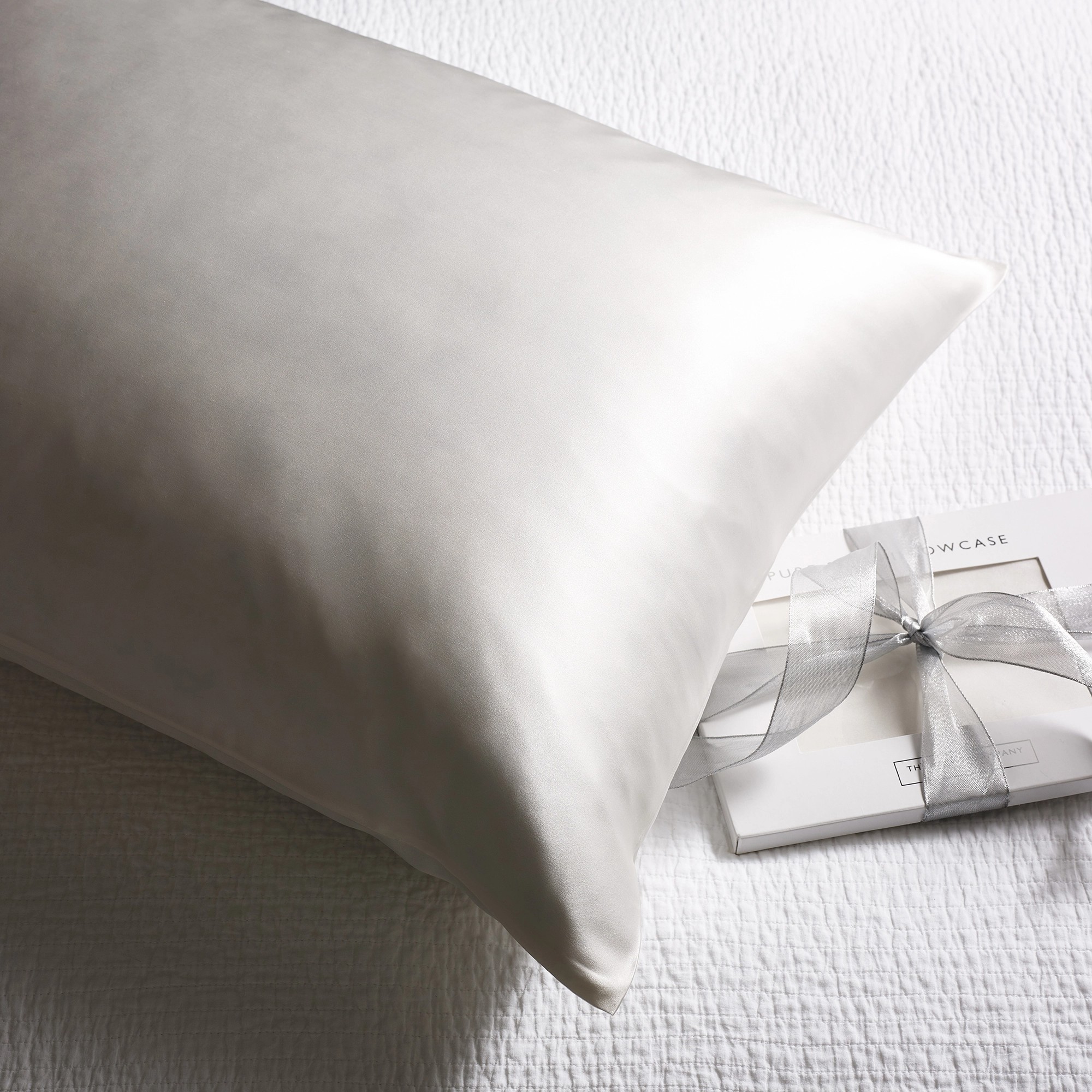
Dr Roger Henderson, GP and expert for Olbas explains, ‘The alternative bedding material can help people affected by pollen to cope with the seasonal allergies. The reason they are so useful is because they are considered to be hypoallergenic and repel mites, mould, and even dust. As well as pollen, those that suffer with hay fever may feel the effects of dust.’
In fact, the tightly woven silk fibres also prevent pollen from getting trapped in the pillowcase's fabric, meaning it’s less likely to settle on your pillow and cause you extra irritation during the night. But that’s not the only perk.
Sleep Expert and Founder of Sleep Goddess, Laurelle Darroux, says, ‘Silk pillowcases have a smooth and soft texture that may cause less friction against the skin compared to traditional cotton pillowcases.’
‘This reduced friction can be beneficial for individuals with sensitive skin or those prone to irritation from allergens like pollen. By minimising irritation, silk pillowcases may help alleviate some discomfort associated with hay fever symptoms.’

But do you also find that you overheat when you’re struggling with your hay fever symptoms? When you have blocked sinuses and congestion issues, it’s not uncommon to run hot during the night. Thankfully, silk can also help in this regard.
Laurelle adds, ‘Silk has excellent temperature-regulating properties, helping to keep you cool in warmer weather and warm in cooler temperatures. This can be beneficial for hay fever sufferers who may experience discomfort from overheating during the night, as cooler sleeping conditions can help alleviate symptoms like congestion and discomfort.’
So, if you’re struggling to cope with hay fever symptoms at night, a silk pillowcase could be the answer. We’ve scoured the internet to find the best silk pillowcases on the market today so you can make the switch if you’re feeling the itch.
The best silk pillowcases - our top picks
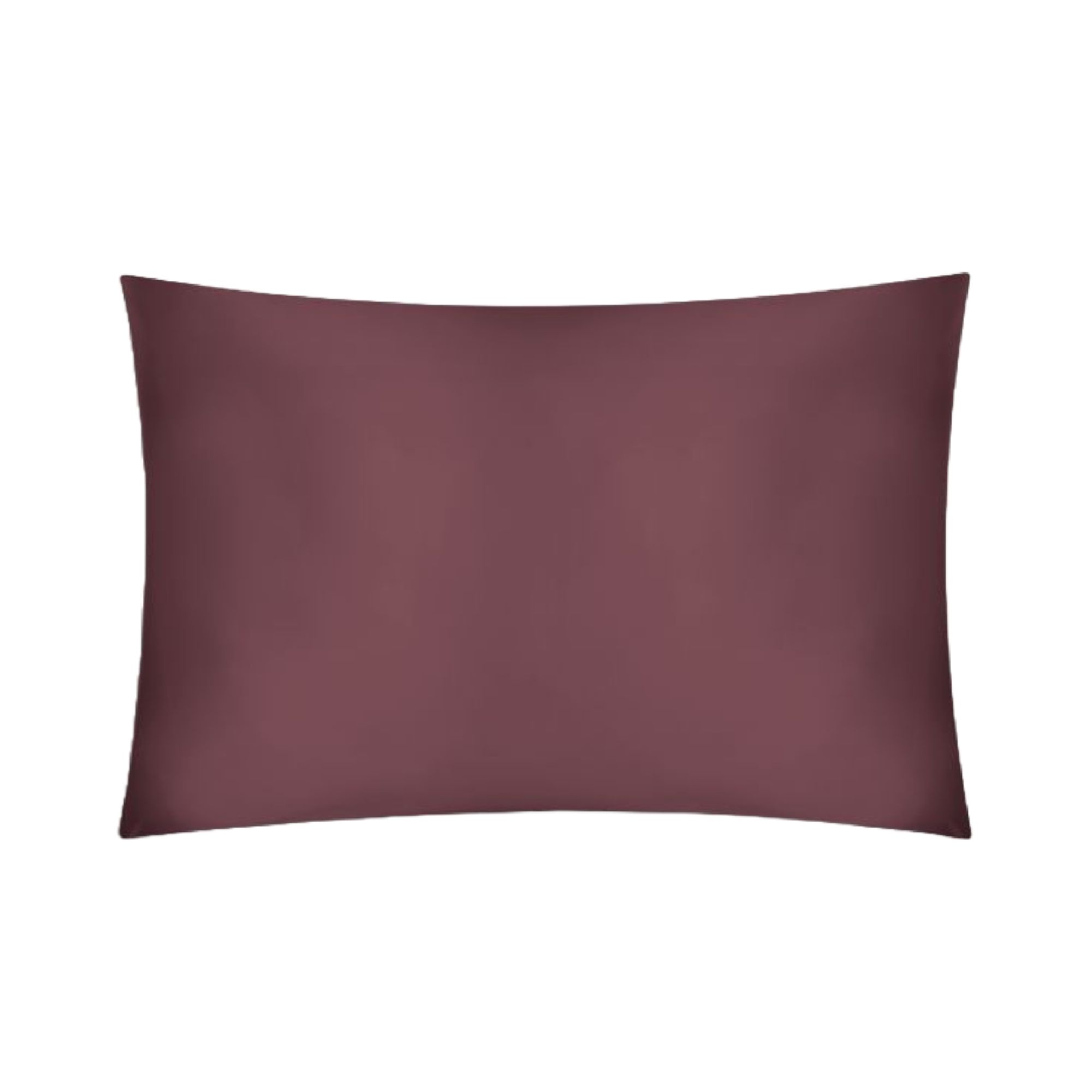
This John Lewis silk pillowcase has almost 1,000 reviews, with an average score of 4.7 out of 5. That's probably because mulberry silk is known for being super soft, naturally breathable, and hypoallergenic. Plus, there are 14 colourways to choose from.
FAQs
Do silk pillowcases help with hay fever?
Yes! Experts at NEXT say, ‘We spend around a third of our lives sleeping, and if there is one place where pollen is likely to stick around when transferred indoors, it is where we rest our heads at night. Silk, with its natural hypoallergenic properties, is known to be beneficial for those who suffer from seasonal allergies.’
Alongside this, the fibres of silk are much tighter than the fibres of cotton, which means pollen particles are less likely to get caught in your pillowcases. As silk actively repels these particles, you shouldn’t be exposed to even more pollen when you go to sleep.
However, it’s important to note that silk isn’t going to cure your hay fever. If you have a lot of pollen in your home or you sleep with your windows open, you may still suffer the effects - even if you are using a silk pillowcase.
How do you sleep with bad hay fever?
As well as using a silk pillowcase, it’s also a good idea to sleep with an air purifier in your bedroom. If you do this, ensure you choose an air purifier that comes with a ‘quiet’ or ‘sleep’ mode so it doesn’t disturb you if you’re a light sleeper.
Alongside this, you should also avoid drying your bed linen outside. Experts at Secret Linen Store say, ‘There is typically more pollen in the air on warm, dry day, and unfortunately, this is usually the best time for drying your bedding outside. It is easy for pollen to stick to your bedding, which can lead to an increase in hay fever symptoms and cause sleepless nights.’
Although hay fever normally rears its head during the warmer months, you should also keep your windows shut if you struggle to sleep with bad hay fever. The last thing you want to do is welcome even more pollen into your home.
So, will you be making the switch?

Lauren Bradbury has been the Content Editor for the House Manual section since January 2025 but worked with the team as a freelancer for a year and a half before that. She graduated with a Bachelor’s degree in English and Creative Writing from the University of Chichester in 2016. Then, she dipped her toe into the world of content writing, primarily focusing on home content. After years of agency work, she decided to take the plunge and become a full-time freelancer for online publications, including Real Homes and Ideal Home, before taking on this permanent role. Now, she spends her days searching for the best decluttering and cleaning hacks and creating handy how-to guides for homeowners and renters alike, as well as testing vacuums as part of her role as the Ideal Home Certified Expert in Training on Vacuums, having spent over 110 hours testing different vacuum models to date!
